Opinion: In Haiti, I see hunger amid violence - but also unbroken resilience
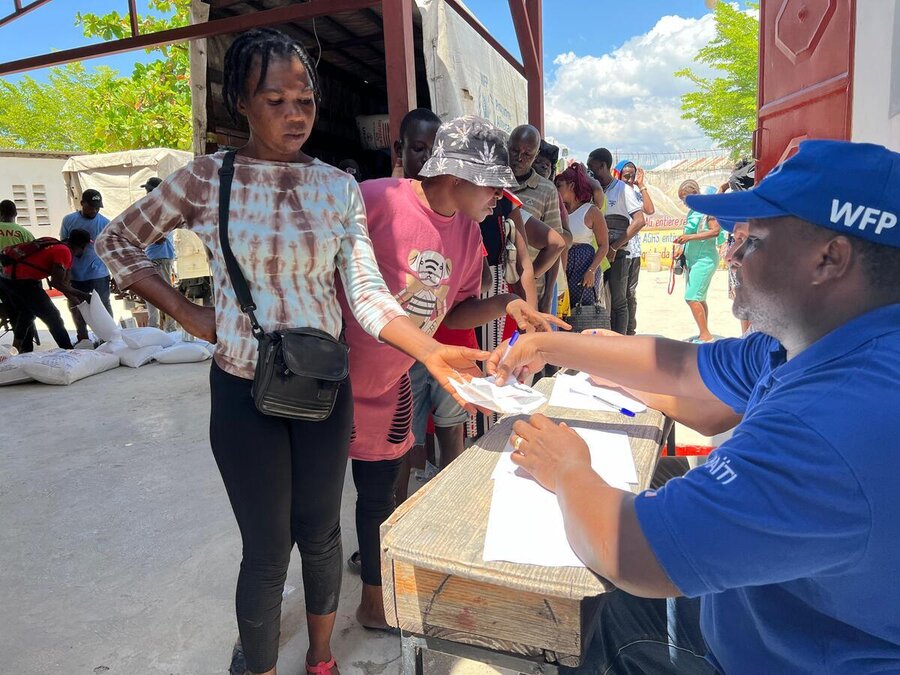
I remember the day I first arrived in Haiti four years ago. From the plane window, the contrast between the clear, almost immaculate blue sky and the sprawling Cité Soleil shantytown around Port-au-Prince’s airport - the “epicentre” of Haiti’s violence, according to international media – offered my first glimpse of the stark contradictions I would encounter throughout the country.
It was hard to imagine how I would ever get close to the bay of Port-au-Prince - clearly visible from the city’s affluent hillside neighbourhoods - yet cut off by Cité Soleil, one of the country’s poorest, most dangerous areas. I couldn’t foresee the political and security situation would only get worse, with disastrous consequences for Haiti’s food security.
My first work experience in Haiti, in the field of diplomacy, opened doors to the backstage of the Haitian political scene. In September 2022, I shifted gears to join the World Food Programme (WFP). Having met those at the top of Haiti’s political hierarchy, I was about to come face-to-face with some of the country’s most powerless, vulnerable and marginalized people.
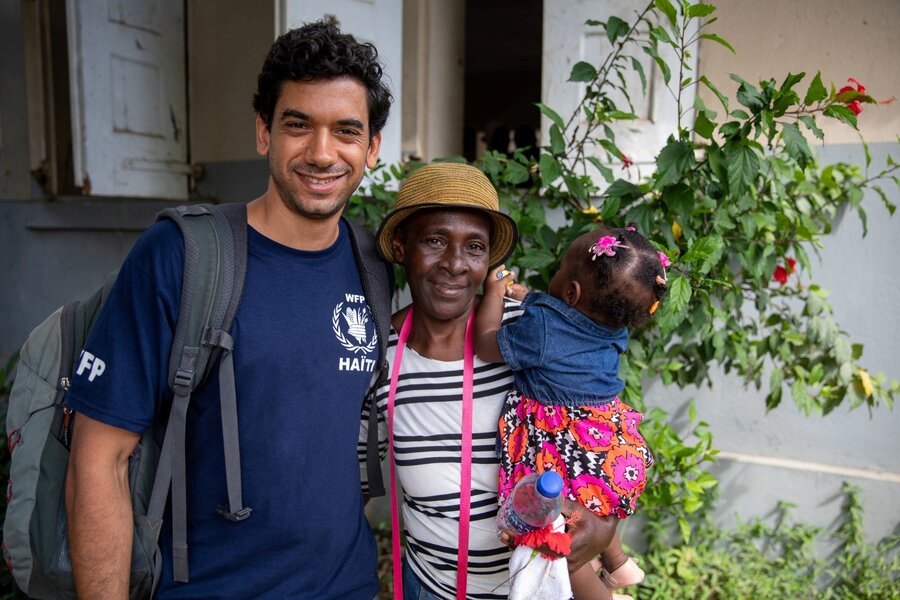
That was confirmed by IPC5 ('catastrophe' on the Integrated Food Phase Classification) being recorded in Cité Soleil where rival armed groups had divided the Port-au-Prince neighborhood into fiefdoms. The level of food insecurity was unprecedented.
Trapped in the midst of violent clashes, 19,000 people couldn’t access food or water for weeks. Inflation soared, with the price of the food increasing by a third. Fuel prices doubled, sparking a crisis that rippled across the country.
A few weeks later, when warring groups finally observed a truce, allowing humanitarians to enter, WFP trucks arrived laden with food. I still remember the pained gazes and hushed voices of people we met. “Yesterday, for dinner, I had rainwater again,” one older man said. “I boiled the water and added salt and pepper for flavour.”
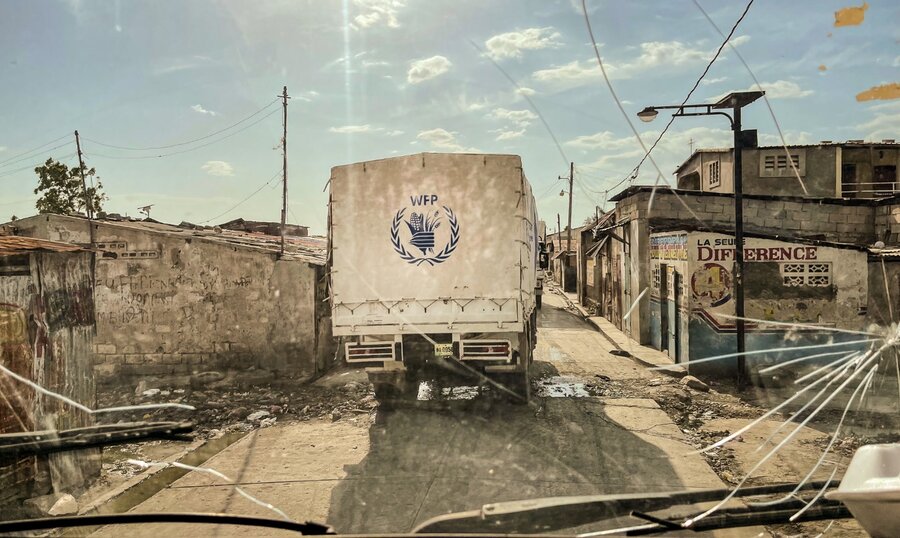
That window for aid made a difference. When another IPC analysis, a few months later, found Cité Soleil residents no longer faced catastrophic hunger, I felt a brief sense of relief. But we knew the root causes of the crisis were far from resolved.
Spreading violence, spreading hunger
Since then, violence has spread beyond the capital, reaching all corners of the country – even into Haiti’s breadbasket, the Artibonite. The department’s Central Plateau area saw dozens of people murdered in early October, in a gruesome attack by armed groups.
Armed with nothing but pitchforks, farmers have been forced to flee their land. WFP helps many small-scale producers by purchasing their produce in a safer location and delivering it to nearby schools to be used for school lunches. But tragically, in a country where so many people are going hungry, some farmers are forced to let their harvests rot in the field because they’re too terrified of extortion, murder and rape on the way to the market.
Across the country, the number of internally displaced persons continues to rise. Today, more than 700,000 Haitians have fled their homes, leaving behind all their belongings and often losing their livelihoods.
In response, WFP operations have intensified. We distribute hot meals and cash to those uprooted; food for residents of ‘red’ or no-zones; school meals for children; subsidies for farmers, and social protection programmes for the vulnerable. Our efforts, like the population’s suffering, are everywhere.
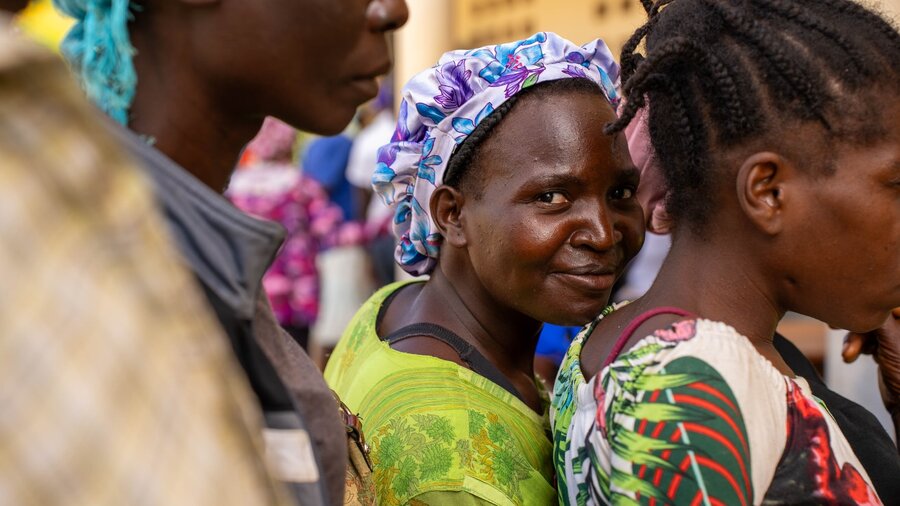
Missions in areas controlled by armed groups are particularly complicated and require careful planning. Miscommunication can lead to serious incidents, so understanding local socio-cultural codes is essential. Learning Haitian Creole has allowed me to converse and connect with the people we serve, to hear their stories, and even to join their grumbling about their daily struggles.
Establishing a personal connection helps ease our work as communications officers, as we collect stories and photos of people WFP assists. With a bit of luck, we can coax a smile amid the tragedy. These connections also help us sense the changing dynamics on the ground – when the mood shifts, and when it’s necessary to pull back.
As I write this, 5.4 million Haitian’s are waking up each morning unsure if they will find anything to eat, according to the most recent IPC report. Catastrophic hunger has returned – this time, not confined to a single Port-au-Prince neighbourhood.
Instead, this highest hunger level is widespread across the capital, lurking in sites occupied by tens of thousands displaced people – many of them women and children – who have been uprooted multiple times. They move from place to place, crowded into schools and public buildings, enduring unhygienic and inhumane conditions.
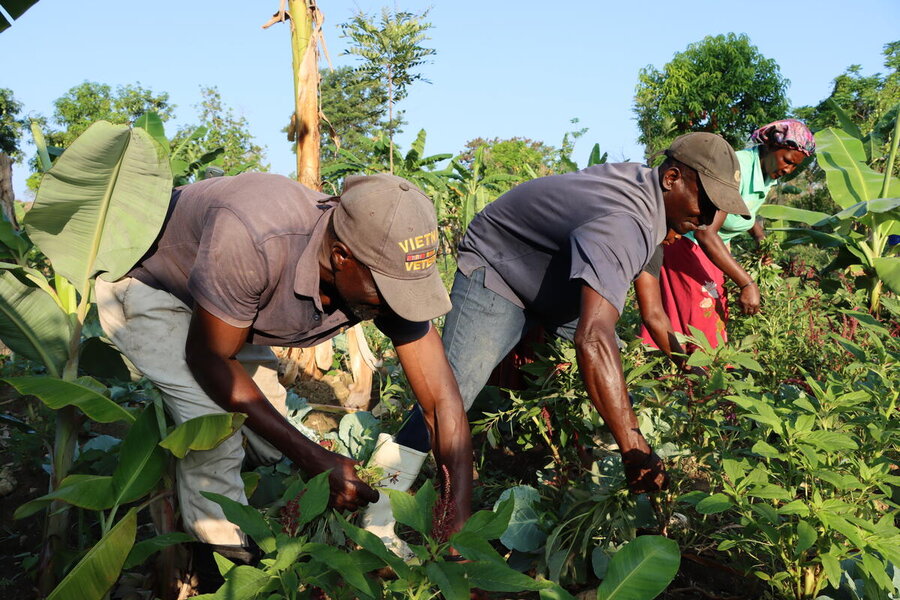
Many in Haiti, both foreigners and locals, have grown weary and sad waiting for a change that hasn’t arrived. Anyone who spends enough time here is bewildered by the sheer number of challenges this country endures.
But, despite the daily struggle, I’ve seen so much resilience and spirit among Haitians. It’s difficult not to believe that one day, things will be better. I’ve witnessed the perseverance of Haitian farmers, ready to return to their fields to feed the nation at the first opportunity.
I once thought I’d never set foot near the bay of Port-au-Prince. Now, I’m preparing to head out on another humanitarian mission to Cité Soleil, not far from the water’s edge. It’s still dangerous. But what once seemed impossible is no longer out of reach. One day, from the strength of its people, Haiti will rise again.
Pedro Rodrigues is a WFP communications officer based in Port-au-Prince.



